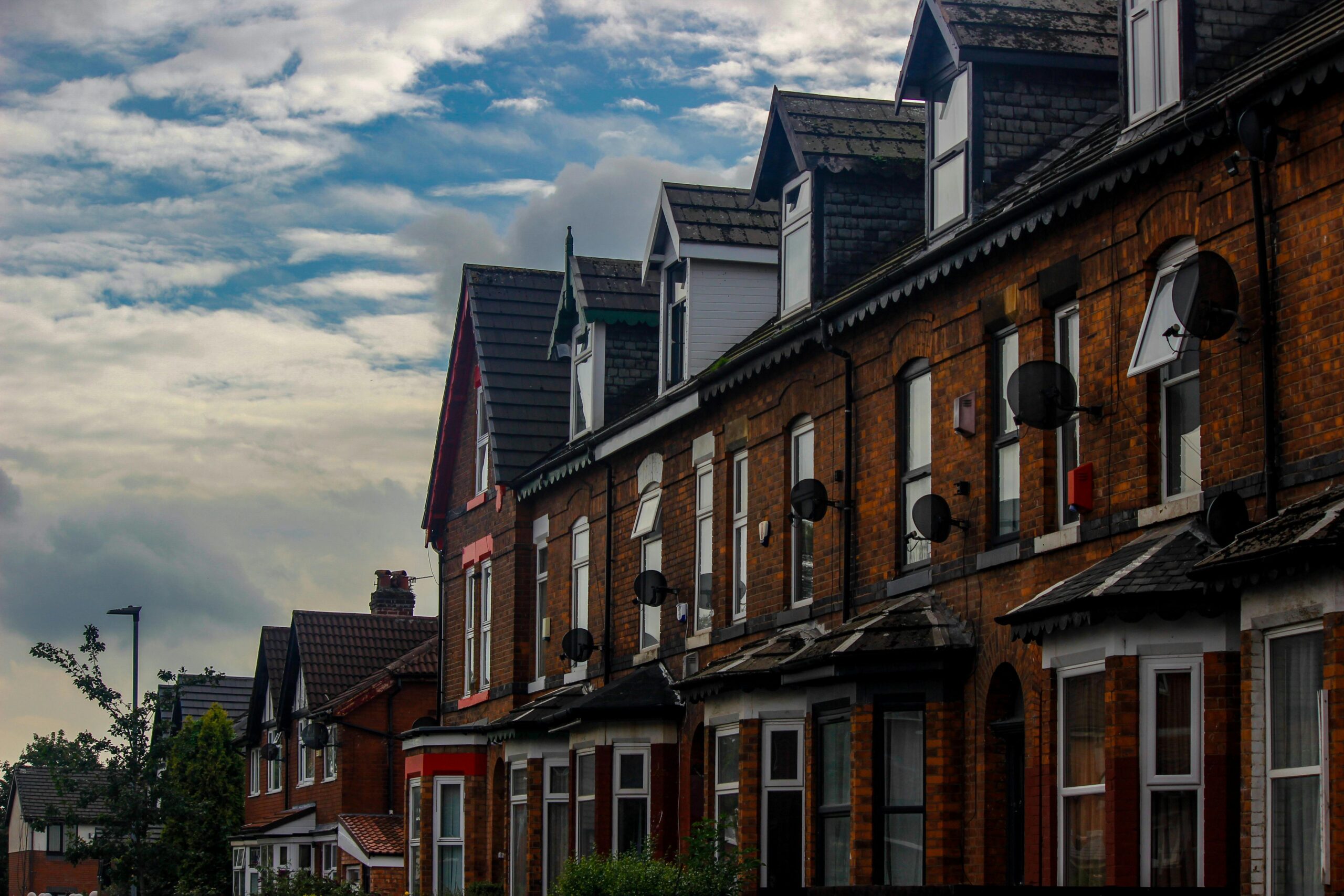Temporary accommodation is a vital safety net for people facing or at risk of homelessness, ensuring individuals and families have somewhere safe to stay when they need it most.
But rising demand, a shortage of affordable homes and escalating costs have left councils increasingly reliant on expensive alternatives that are often unsuitable and place a significant strain on local budgets.
At the same time, thousands of long-term empty homes across Greater Manchester remain unused, despite their potential to provide stable housing.
With new devolved powers and a strengthened Integrated Settlement, Greater Manchester is now taking a coordinated, city-region-wide approach to bring these homes back into use and pioneer long-term solutions to the temporary accommodation crisis.
New GMCA research shows that temporary accommodation use across the city region has nearly doubled since 2019, with 5,915 households – including 8,600 children – living in temporary accommodation as of March 2025.
This has cost councils at least £77.5 million in 2024/25, leaving them with unrecoverable costs of £48.8 million due to gaps in funding from the welfare system.
At the same time, the city region has an estimated 12,700 homes which have been empty for six months or more – and now Greater Manchester is taking decisive action to put more power back into the hands of councils and help families secure stable housing.
Mayor of Greater Manchester, Andy Burnham, said:
“More than 8,000 children are among the families living in temporary accommodation in Greater Manchester and that is simply unacceptable. Homelessness tears young families from their communities and support networks, leaving them in environments that are often wholly unsuitable.
“This experience leaves lasting scars and that’s why we’re taking bold action. By investing an initial £11.7m to bring long-term empty homes back into use, we can offer better housing options, reduce the reliance on costly temporary accommodation, and ease the financial strain on local authorities.
“We’re also asking landlords who join this programme to sign up to the Good Landlord Charter in a move to drive up standards across rented properties. This bold and more co-ordinated approach to temporary housing reflects our wider mission to drive good growth that benefits every community in our city region.”
The programme will fund an expert team of 17 new Empty Homes officers across all ten councils, who will identify vacant properties, engage with owners, and support the refurbishment or leasing of homes.
Alongside this, a £10.6 million fund will enable councils to provide financial incentives, repair support and temporary leasing options for at least 400 empty homes, ensuring they can be quickly brought into use as temporary or settled accommodation for families.
The programme builds on successful local approaches. Housing officers at Wigan Council have brought around 1,000 empty properties back into use over five years, putting the crusade against empty homes at the heart of their work through a mix of incentives and enforcement.
The programme is part of the work of Greater Manchester’s dedicated Housing First Unit, established to deliver our vision for a healthy home for all by 2038. The programme includes a significant data capability for temporary accommodation, providing some of the most detailed intelligence in the country on temporary accommodation supply, demand and cost.
This evidence-led approach allows local authorities to plan procurement more effectively, target support where it is most needed, and reduce the overall cost of temporary accommodation while improving quality for families.
Paul Dennett, City Mayor of Salford and Greater Manchester Lead for Housing, Homelessness and Infrastructure, said:
“This programme represents exactly what we’re trying to achieve by putting housing first in Greater Manchester and reflects the strengths of collaboration, creativity and whole system working that Greater Manchester is known for. By combining improved data, targeted investment and shared expertise, we can address the pressures facing local authorities more effectively and ensure people have access to safe, affordable and suitable accommodation.
“Bringing empty homes back into use is an approach that supports neighbourhood renewal, reduces costs, and enables more families to access stable housing. This investment allows us to scale the successful work already underway in several districts and deliver results across the whole city region.
“We know that prevention is the most effective way to reduce homelessness and housing precarity. Too often, local authorities’ resources are constrained in their ability to invest fully in prevention by rising temporary accommodation costs. At the heart of this is a need for significant reform to local housing allowance. Freezing local housing allowance rates by successive governments have pushed more families to the brink in an increasingly unaffordable rental market, whilst local authorities can only recover funding for temporary accommodation based on LHA rates which are 14 years out of kilter with actual costs.”
This week Greater Manchester set out a game-changing plan to pioneer a new model of economic growth which lifts all our people and places, bringing growth to every district.
By bringing empty homes back into use, investing in better-quality temporary accommodation and coordinating action across councils, housing providers and public services, we can house families in need and take the pressure out of ballooning costs for the public purse.

